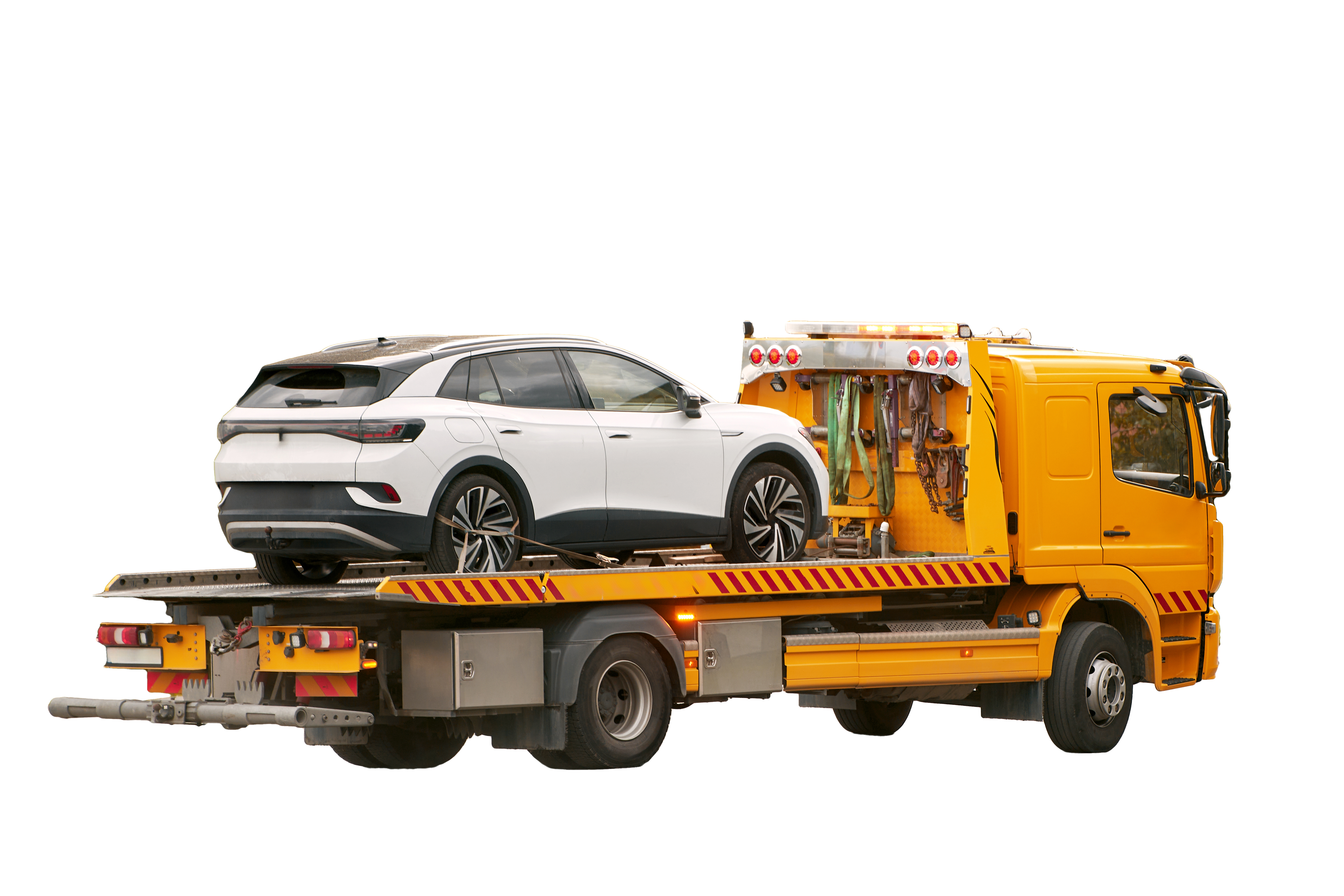
Cheap Tow Truck Near Me in New York - Call Now
Contact UsWhen it comes to towing vehicles, the dimensions of a tow truck play a critical role in ensuring efficiency and safety. Whether you’re an industry professional, a fleet operator, or someone looking to understand tow truck specifications, knowing the different sizes and types of tow trucks is essential. In this blog, we’ll dive into the key dimensions of tow trucks and how they impact towing operations.
Types of Tow Trucks and Their Dimensions
Tow trucks come in various types, each designed for specific towing needs. Here are the most common categories:
Light-Duty Tow Trucks
- Length: 18 to 24 feet
- Width: 6.5 to 8 feet
- Height: 6 to 9 feet
- Gross Vehicle Weight Rating (GVWR): Up to 10,000 lbs
- Use Case: These trucks are primarily used for towing small cars, motorcycles, and light-duty vehicles. They are commonly equipped with wheel lifts or flatbeds.
Medium-Duty Tow Trucks
- Length: 20 to 30 feet
- Width: 7 to 9 feet
- Height: 7 to 10 feet
- GVWR: 10,001 to 26,000 lbs
- Use Case: Medium-duty tow trucks are suitable for towing vans, SUVs, and small trucks.
They typically come with flatbeds or integrated lift systems for secure transport.
Heavy-Duty Tow Trucks
- Length: 25 to 40 feet
- Width: 8 to 10 feet
- Height: 10 to 14 feet
- GVWR: Over 26,000 lbs
- Use Case: Designed for large commercial vehicles, heavy-duty tow trucks handle semi-trucks, buses, and industrial equipment. They feature powerful winching systems and reinforced towing mechanisms.
Factors Influencing Tow Truck Dimensions
Several factors impact the size and build of a tow truck, including:- Towing Capacity: Larger tow trucks are built to accommodate higher weight limits.
- Road Regulations: Federal and state laws determine maximum allowable dimensions for tow trucks operating on highways.
- Equipment Configuration: Different towing mechanisms, such as boom lifts or flatbeds, affect the truck's overall size.
Why Tow Truck Dimensions Matter
Understanding tow truck dimensions is crucial for several reasons:- Safety Compliance: Ensuring that a tow truck meets size and weight regulations prevents road hazards.
- Operational Efficiency: Selecting the right tow truck size optimizes towing performance and fuel efficiency.
- Space Considerations: Knowing truck dimensions helps operators navigate narrow roads and tight spaces effectively.
Conclusion
Tow truck dimensions vary based on their designated purpose, from light-duty models for small vehicles to heavy-duty tow trucks for large commercial units. By understanding these specifications, towing professionals can choose the right truck for their needs, ensuring safe and efficient operations. If you're in the market for a tow truck, always consider its length, width, height, and GVWR to match your towing requirements.

